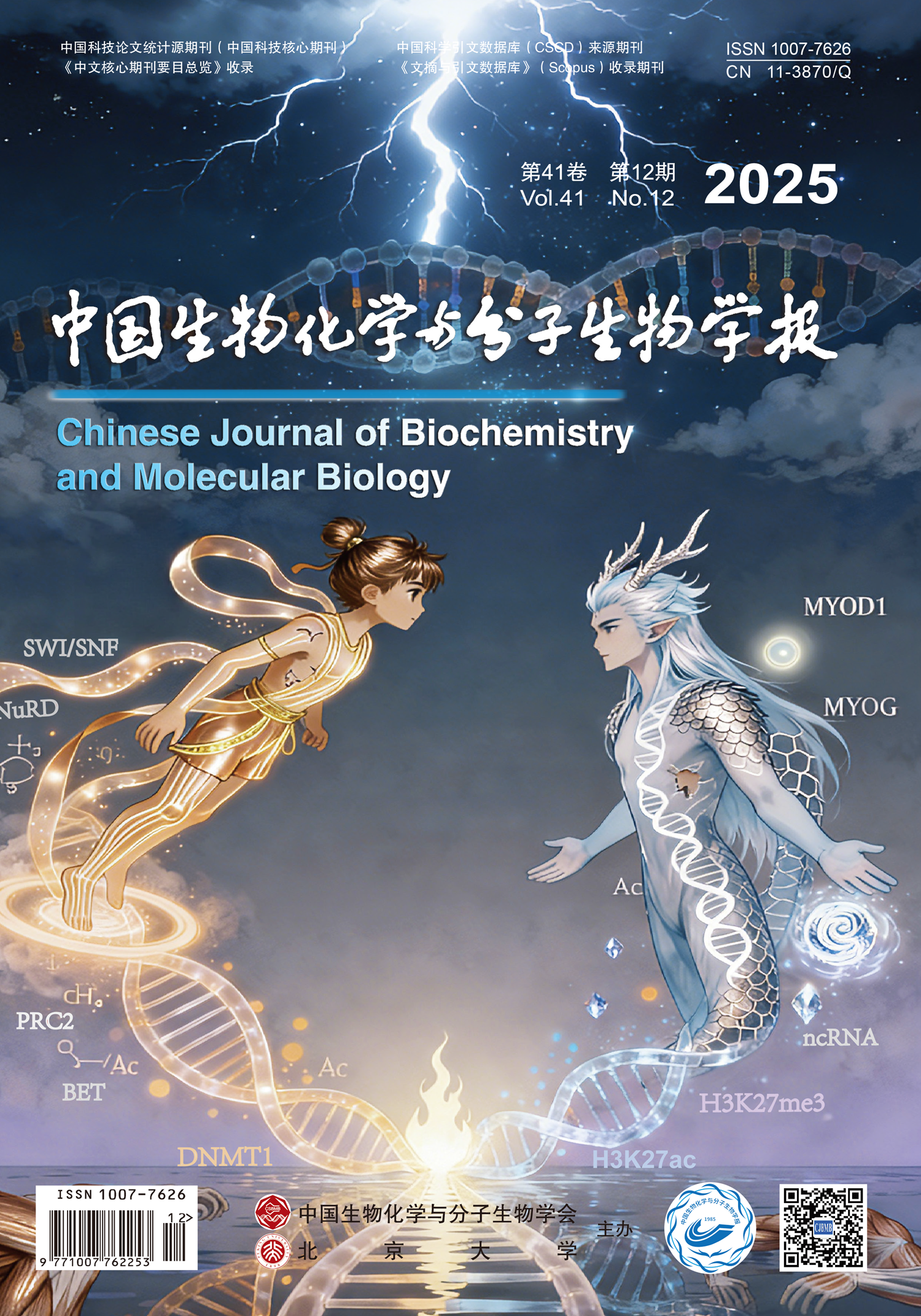LIU Hong-Chen, ZHAO Hong-Yu, XIE Tian-Hang, LIANG Chang-Min, GE Tang-Dong, LI Jing, ZHANG Peng-Xia, PIAO Jin-Hua
Ribonucleotide reductase regulatory subunit M2 (RRM2), a key cell cycle regulatory gene, has been implicated in inducing cellular senescence, cell cycle arrest, or cell death across various cancers. Although previous studies have demonstrated the significant role of RRM2 in cancer cells, the specific mechanism by which RRM2 modulates ferroptosis via sorafenib (sorafenib, Sor) remains inadequately elucidated. This study aimed to investigate the mechanism underlying RRM2-mediated, sorafenib-induced ferroptosis in hepatocellular carcinoma (HCC) cells. Different concentrations of sorafenib (0, 10, 15, 20, 25, 30 μmol/L) were used to treat human hepatoblastoma cells (HepG2) and human hepatobiliary carcinoma cells (Huh7), and then the inhibitory effect of sorafenib on the proliferation of HepG2 cells and Huh7 cells was detected by CCK8 method. The optimal concentration for establishing HepG2 and Huh7 cell models was determined, including SOR group (transfected with empty plasmid combined with 11 μmol/L sorafenib intervention cells), OE-RRM2 group (RRM2 in overexpressed cells), OE-RRM2 sor group (transfected with RRM2 overexpression vector combined with 11 μmol/L sorafenib intervention cells), SINC group (transfected with empty vector as knockdown control), and SIRRM2-1, SIRRM2-2, and SIRRM2-3 group (RRM2 in knockdown cells). CCK-8 and plate cloning assay results indicated that RRM2 knockdown led to reduced cell proliferation, while RRM2 overexpression had the opposite effect (P<0.05); Glutathione (GSH) assay results showed that RRM2 knockdown led to reduced cellular GSH levels, while RRM2 overexpression had the opposite effect (P<0.05); Intracellular reactive oxygen species (ROS) assay results showed that RRM2 knockdown led to increased cellular ROS levels, while RRM2 overexpression had the opposite effect (P<0.05); Mitochondrial membrane potential (MMP) assay results showed that RRM2 knockdown led to increased cellular MMP, while RRM2 overexpression had the opposite effect (P<0.05); qRT-PCR and Western blot experiments showed that knocking down RRM2 led to decreased expression levels of glutathione peroxidase 4 (GPX4), glutathione synthetase (GSS), and hypoxia-inducible factor-1α (HIF-1α)/inducible nitric oxide synthase (iNOS)/vascular endothelial growth factor (VEGF) gene expression levels, while the RRM2 overexpression group showed the opposite results (P<0.05). Immunofluorescence (IF) experiments showed that RRM2 knockdown led to a decrease of HIF-1α protein expression levels (P<0.05). In summary, these findings suggest that sorafenib may activate RRM2 in liver cancer cells, thereby inhibiting ferroptosis. Furthermore, RRM2 may promote the malignant progression of HCC by activating the HIF-1α/iNOS/VEGF signaling pathway to suppress ferroptosis.
